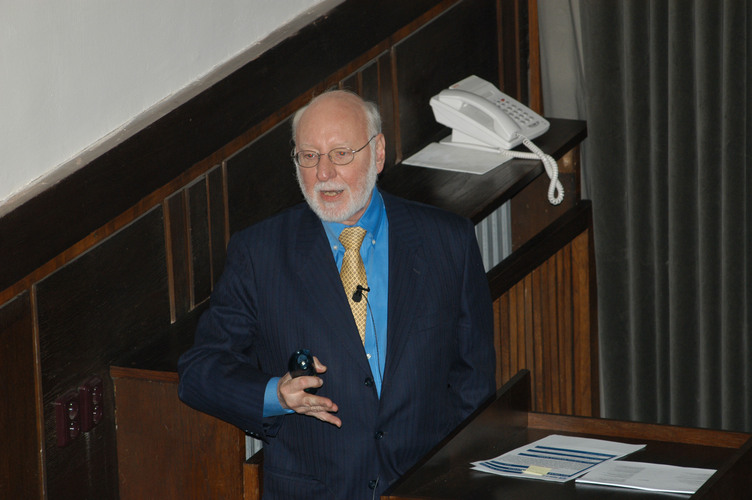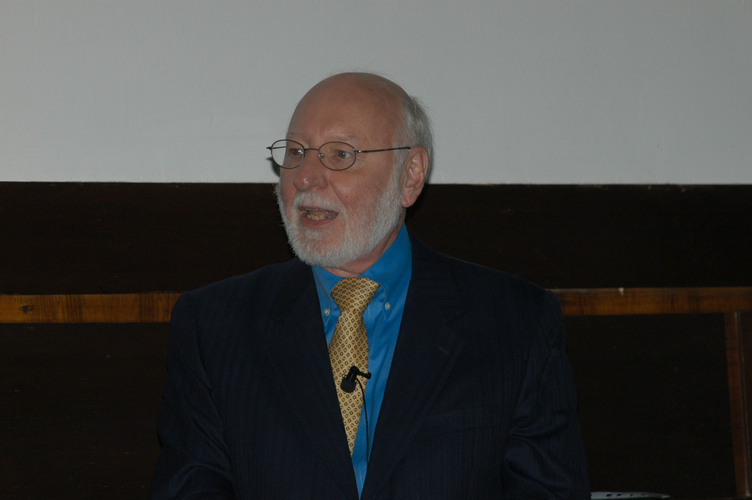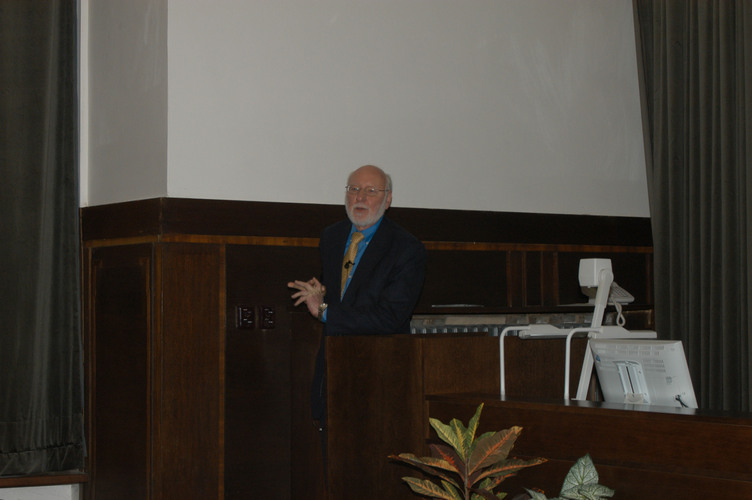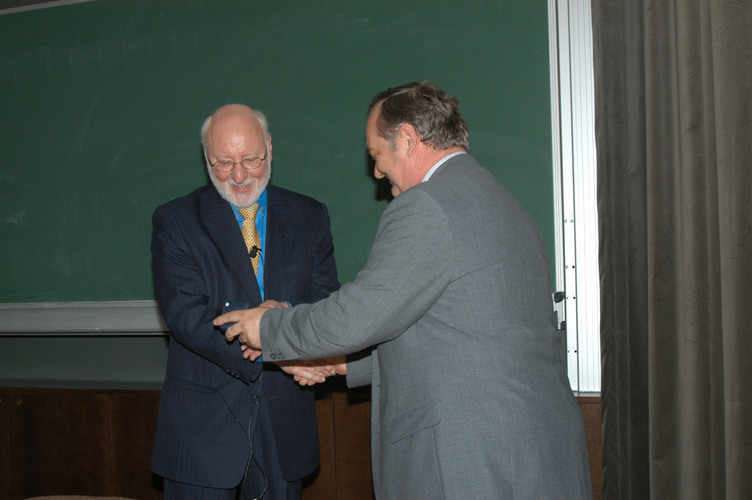
Prof. Richard J. Whitley (University of Alabama, Birmingham, AL, USA)
Influenza: Where to From Here?
Abstrakt
Influenza virus infections are among the most common encountered by humans, accounting for significant seasonal morbidity and mortality. Historically, the deployment of vaccines and the tricyclic amines, amantidine and rimantidine, have been the foundation for the prevention and treatment of influenza infections, respectively. Vaccine efficacy on a seasonal basis ranges from 75 to 85 percent. The use of either amantidine or rimantidine has proven successful in the treatment and prevention of influenza. These latter two drugs act at the M-2 ion channel. Notably, however, resistance to these medications appears rapidly and, equally importantly, the side effects of these medications can be significant, particularly in elderly individuals. Over the past five years, neuraminidase inhibitors have been developed with apparently increased efficacy as compared to the tricyclic amines. These medications, namely oseltamivir and zinamivir, are less likely to generate resistant influenza viruses following either treatment or prophylaxis. Furthermore, the adverse event profile of these two medications is superior to the tricyclic amines. Notably, however, these medications differ in mode of delivery. Zinamivir is administered as an aerosol, resulting in topical delivery. On the other hand, oseltamivir is administered orally.
Recently, the detection of avian influenza strains in Southeast Asia, the Netherlands, Turkey and other areas of the world has created concern for the potential of pandemic influenza infections. The recent documentation that H5N1 influenza strains with increased attendant mortality has created ever increasing concern worldwide for the potential of pandemic influenza. While human-to-human transmission has not been well documented, at least at the present time, the potential for mutation has caused public health officials worldwide to reconsider pandemic influenza strategies. Importantly, the neuraminidase inhibitors have significant activity in cell culture against the H5N1 influenza strains. Of some concern, however, are recent reports of the development of resistant influenza viruses to oseltamivir.
The evolution of influenza strains warrants increased surveillance worldwide. The development of both vaccines for prevention and anti-viral drugs with enhanced activity against avian influenza viruses are indicated. Anti-viral discovery efforts are appropriately focusing on alternative sites for inhibition of influenza virus replication.










